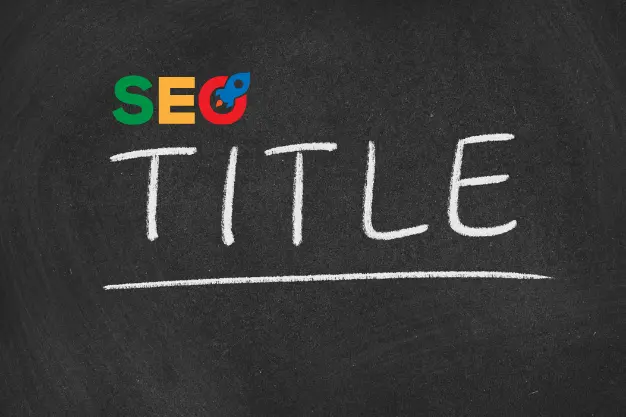Digital data handling is the most important coverage in today’s business. Meticulous data organization converts scattered information into powerful insights that amplify your investment returns. Content clustering transforms scattered articles into interconnected ecosystems serving users and search engines simultaneously.
What Are Topic Clusters and Pillar Content?
Topic clusters function like content ecosystems where related pieces orbit around one central hub. The pillar content, comprehensive and authoritative, acts as the content’s headquarters. Cluster pieces become specialized departments exploring specific angles.
Inside a Topic Cluster
- Every effective cluster features one powerhouse pillar page (3,000+ words) tackling the core subject.
- It will be surrounded by 8–15 supporting articles diving deeper into specific angles.
- Smart internal linking weaves everything together.
The Strategic Process: Building Your Topic Clusters
Step 1: Pinpoint Your Core Topics
Find where your expertise intersects with audience pain points, creating topics that naturally showcase your solutions while genuinely helping people.
Research Methods:
- Customer surveys and interviews
- Competitor content analysis
- Keyword research tools
- Google Search Console data
- Social media listening
Step 2: Deep-Dive Topic Intelligence Gathering
Once the subject is chosen, excavate beneath the surface using research tools.
Key Considerations:
- Search volume potential
- Competition level
- Relevance to your audience
- Alignment with business goals
- Content gap opportunities
Step 3: Design Your Cluster Framework
Develop a visual map of your topic cluster, position it centrally with 8–15 subtopics branching outward.
Example Structure for “Digital Marketing” Cluster:
- Pillar Page: “Your Blueprint for Online Success”
- Cluster Content:
- Email Marketing
- Social Media Tactics
- Content Marketing
- SEO Techniques
- PPC Advertising
- Marketing Analytics
Step 4: Create Your Pillar Content
The most thorough source on the subject you have chosen should be your pillar page.
Pillar Content Characteristics:
- Complete main topic coverage
- At least 3,000 words
- Multiple sections/subsections
- Natural internal linking opportunities
- Timeless, evergreen relevance
- Clear navigation and user experience
Step 5: Develop Supporting Cluster Content
Each cluster page addressing one specific subtopic aspect requires thorough research, quality writing, and genuine reader value for particular subjects.
Cluster Content Best Practices:
- Focus on subtopic long-tail keywords
- Deliver practical, actionable insights
- Add relevant examples and case studies
- Keep consistent tone and style
- Link to pillar and related cluster pages
Step 6: Deploy Strategic Internal Linking
Topic clusters succeed through interconnections.
Linking Strategy:
- Connect pillar content to relevant cluster pages
- Link cluster pages to main pillar
- Cross-link related cluster content
- Use descriptive keyword-rich anchor text
- Maintain natural, valuable linking
How Topic Clusters Improve Site Structure
Enhanced Site Architecture
Clusters establish hierarchical structures mirroring natural thought patterns, from general concepts to detailed specifics, benefitting visitors and search crawlers.
Improved User Experience
Strategic internal linking lets users discover related information effortlessly, extending session duration and reducing exits.
Clearer Content Hierarchy
Search engines grasp content connections more effectively.
Streamlined Content Creation
Established cluster frameworks guide purposeful content development, creating efficient roadmaps for future publishing.
Building Website Authority Through Topic Clusters
Establishing Topical Authority
Comprehensive topic coverage showcases knowledge and expertise. Search engines favour websites displaying a deep understanding.
Enhanced Search Engine Rankings
Topic clusters signal content depth and expertise to search engines. Strategic linking between quality pieces elevates rankings.
Increased Organic Traffic
Effective cluster strategies boost rankings for pillar and supporting pages, expanding search visibility.
Better Link Equity Distribution
Internal cluster linking distributes ranking power effectively. External links to any cluster page benefit the entire topic area through internal link connections.
Best Practices for Topic Cluster Success
- Focus on substantial, valuable content over volume. Each piece must thoroughly address its subtopic.
- Provide consistent updates, fresh insights, and working links.
- Track rankings, engagement, and link performance.
- Match content precisely to user search intent.
Avoiding Topic Cluster Pitfalls
- Resist excessive keyword density and forced linking.
- Prioritize reader value over manipulation.
- Maintain consistent internal connections with thoughtful anchor text.
- Monitor performance metrics regularly.
- Be adaptable and sensitive to performance insights.
Conclusion
Topic clusters deliver measurable results through improved rankings and user engagement when executed strategically. Voilawex, Cochin, Kerala’s leading digital marketing agency with global reach, specializes in implementing these advanced SEO frameworks. The proficiency in their content architecture and cluster optimization aids companies in achieving long-term organic growth.
📞 Connect with Voilawex at +91 8129 837 086 or mail@voilawex.com for all-inclusive digital marketing solutions.











